In the world of marine engineering and water systems, the micro self-priming pump stands as a crucial innovation. This compact yet powerful device revolutionizes water pumping in marine environments, offering efficiency and reliability where traditional pumps fall short. In this article, we delve into the workings of the micro self-priming marine water pump, its applications, and the advantages it brings to various industries.
Understanding the Micro Self-Priming Pump
At its core, the micro self-priming pump is designed to move water efficiently while overcoming the challenges posed by air pockets and suction limitations. Unlike conventional pumps, these units boast a self-priming capability, meaning they can evacuate air from the system and create the necessary suction to initiate water flow without external assistance. This feature is particularly advantageous in marine applications where water levels fluctuate and air entrapment is common.
Key Components and Operation
The design of a micro self-priming marine water pump typically comprises a compact housing, an impeller, and a motor. The impeller plays a pivotal role in creating centrifugal force, drawing water into the pump, and expelling it through the discharge port. Additionally, these pumps often incorporate innovative sealing mechanisms to prevent leaks and maintain prime even in challenging conditions.
Applications in Marine Environments
The versatility of micro self-priming pumps makes them indispensable in various marine applications. From small boats to large vessels, these pumps find application in bilge pumping, ballast systems, and firefighting equipment. Their ability to efficiently handle saltwater and debris makes them ideal for use in coastal regions and offshore platforms, where reliability is paramount.
Enhancing Efficiency and Performance
One of the notable advantages of micro self-priming pumps is their enhanced efficiency compared to traditional counterparts. By less energy consumption and maximizing flow rates, these pumps contribute to reduced operational costs and improved system performance. Moreover, their compact size allows for flexible installation options, saving valuable space on board marine vessels.
Innovations and Future Trends
As technology advances, so too do the capabilities of micro self-priming marine water pumps. Emerging trends include the integration of smart sensors for real-time monitoring and predictive maintenance, as well as the use of advanced materials for increased durability and corrosion resistance. Additionally, efforts are underway to enhance energy efficiency further and reduce environmental impact through eco-friendly design practices.
In conclusion, the micro self-priming marine water pump represents a significant advancement in water pumping technology. Its compact size, self-priming capability, and efficient operation make it an indispensable asset in marine applications. By overcoming challenges associated with air entrainment and suction limitations, these pumps ensure reliable water flow in diverse environments. As innovation continues, we can expect further enhancements in performance, efficiency, and sustainability, reaffirming the micro self-priming pump's status as a cornerstone of modern marine engineering.
Moreover, the micro self-priming pump's adaptability extends beyond marine applications. It finds utility in various industries, including agriculture, automotive, and construction. In agricultural settings, these pumps facilitate irrigation, drainage, and pesticide application. In the automotive sector, they aid in coolant circulation and fuel transfer. Furthermore, in construction, micro self-priming pumps are indispensable for dewatering excavations and transferring fluids on job sites. As industries continue to evolve, the demand for versatile, efficient pumping solutions like the micro self-priming pump is expected to rise, driving further innovation and advancement in pump technology.

 English
English русский
русский Español
Español
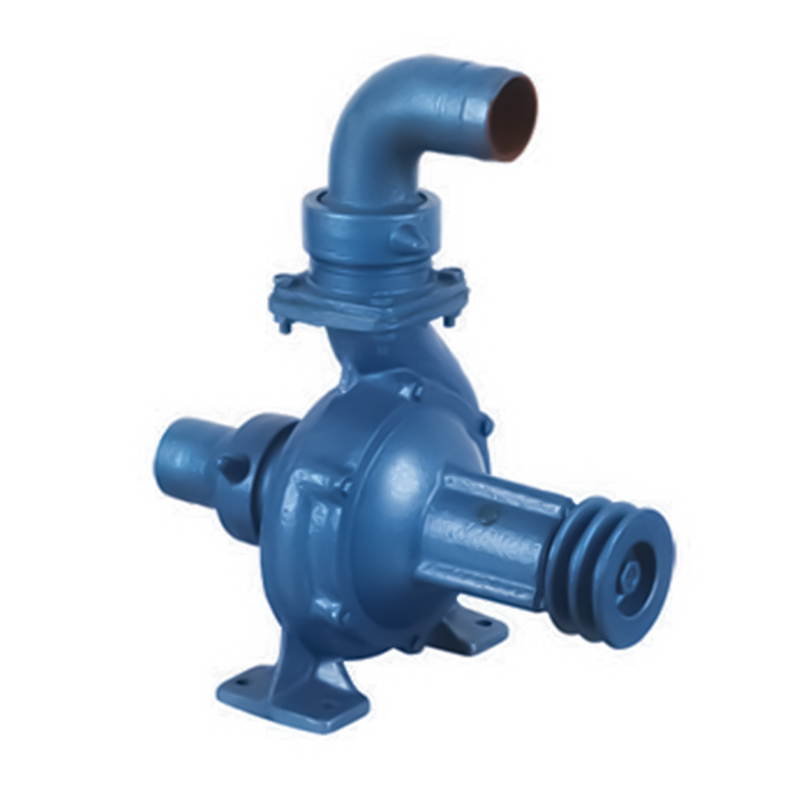
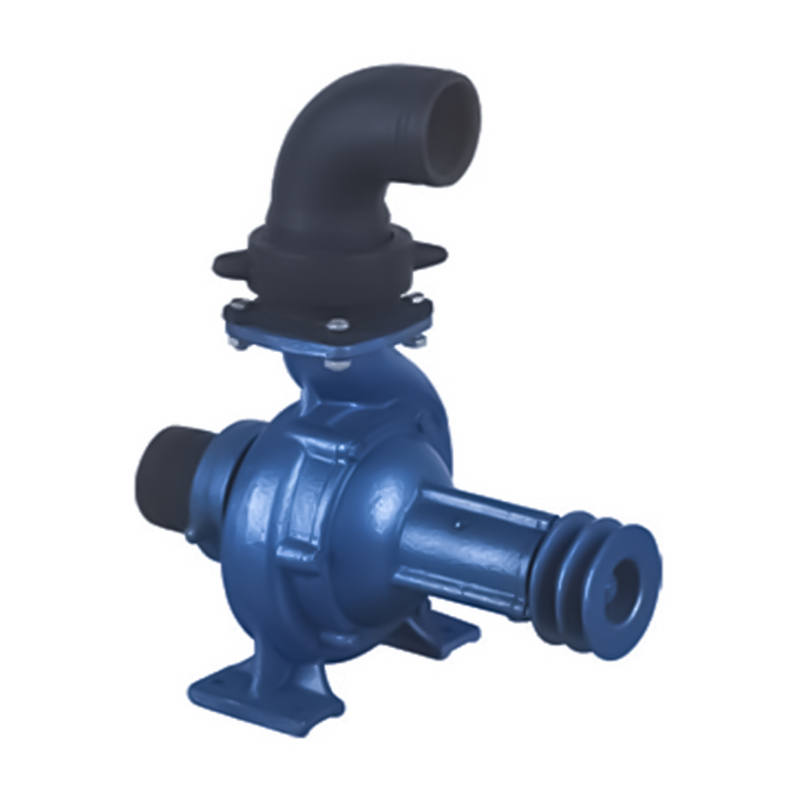

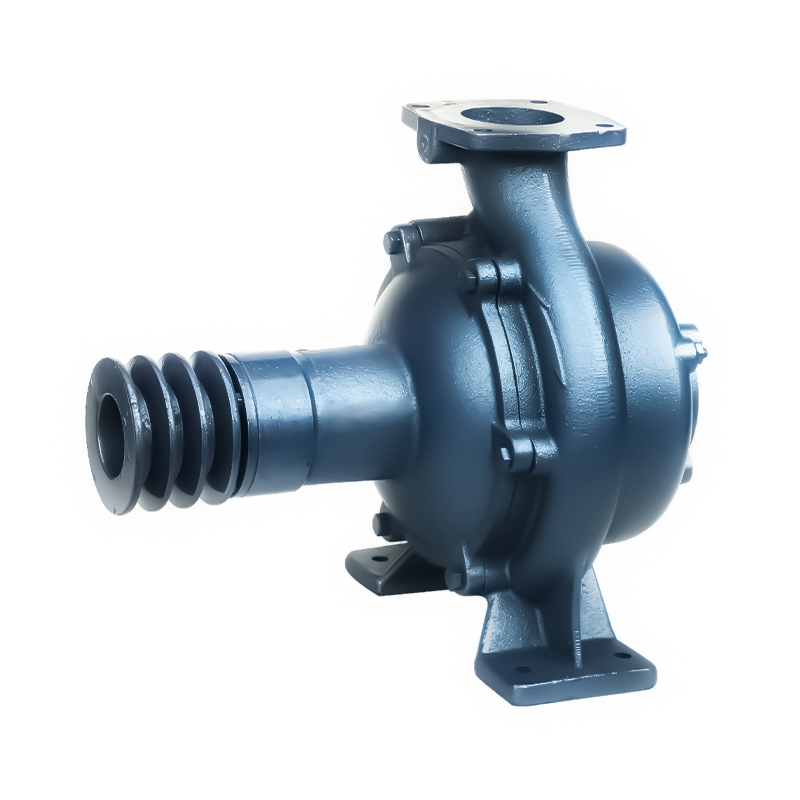
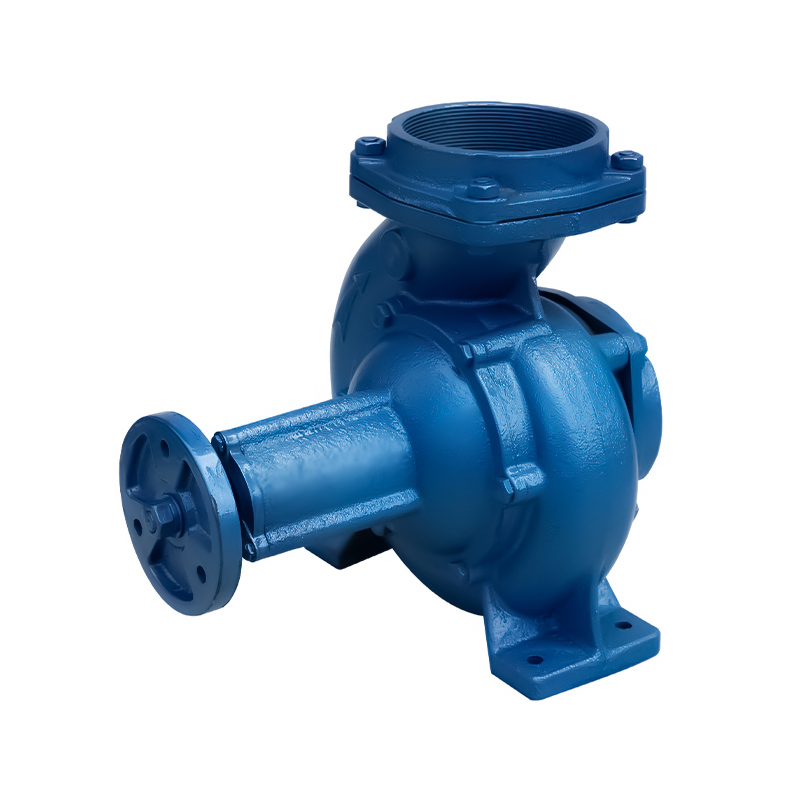
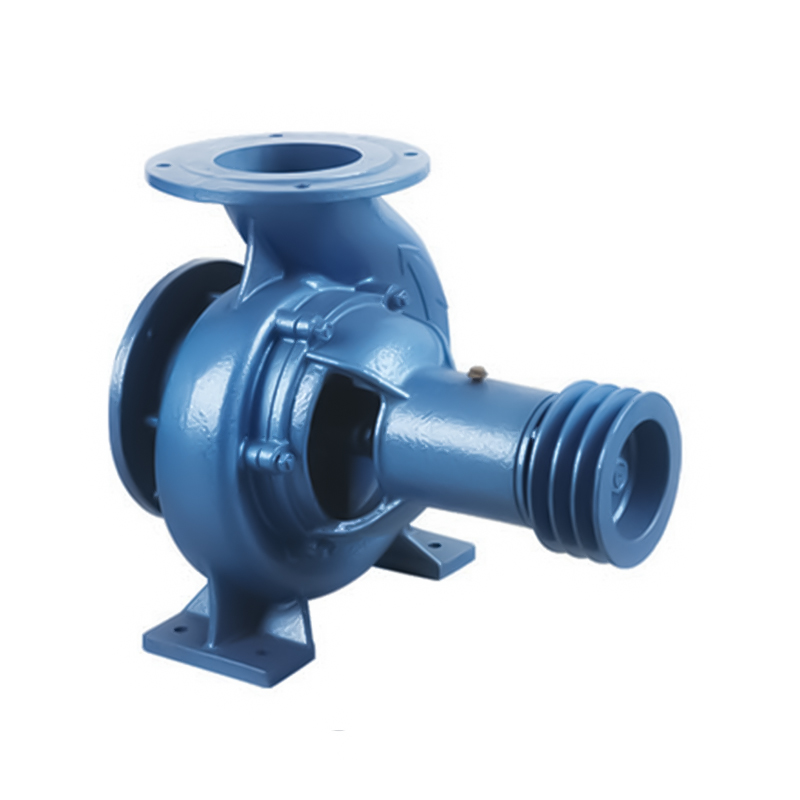
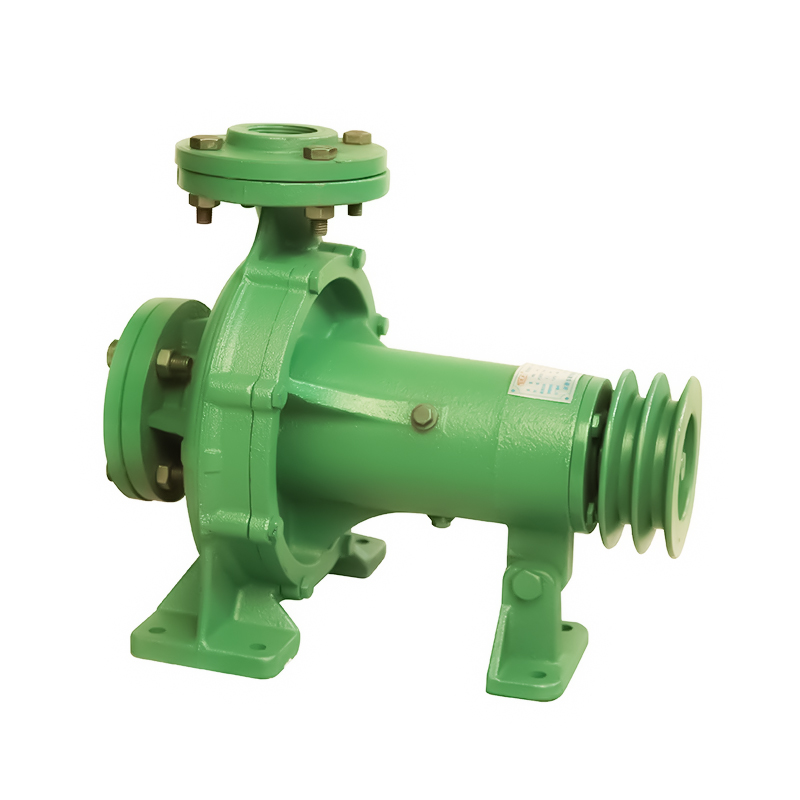

 Email:
Email:
 Phone:+86-13605899207
Phone:+86-13605899207

